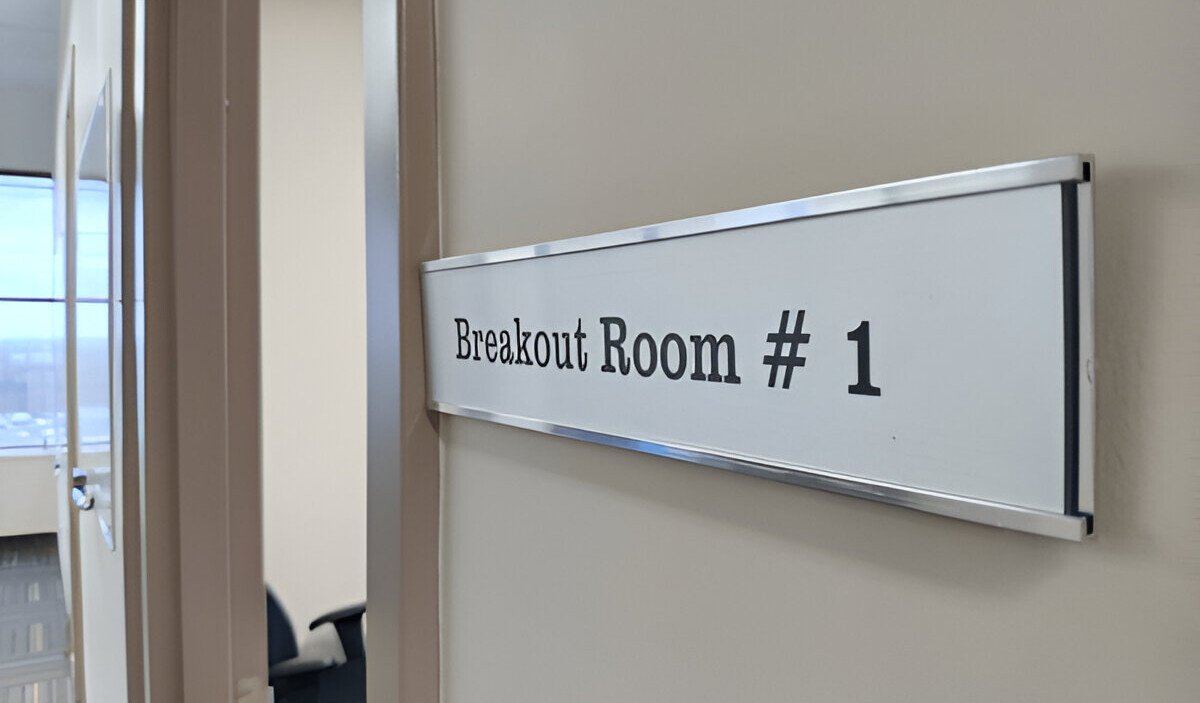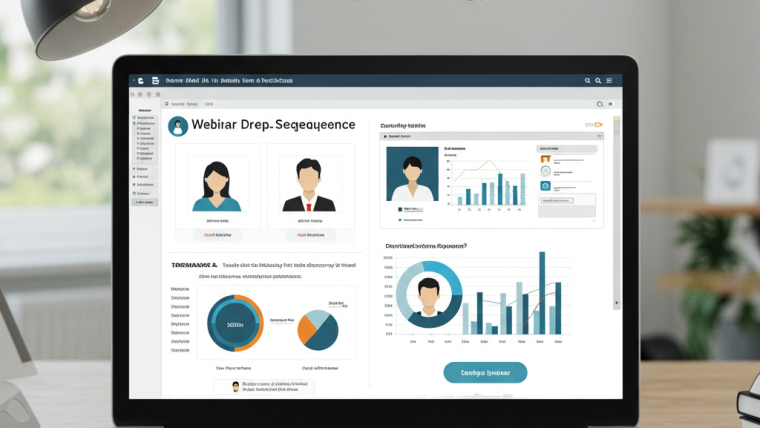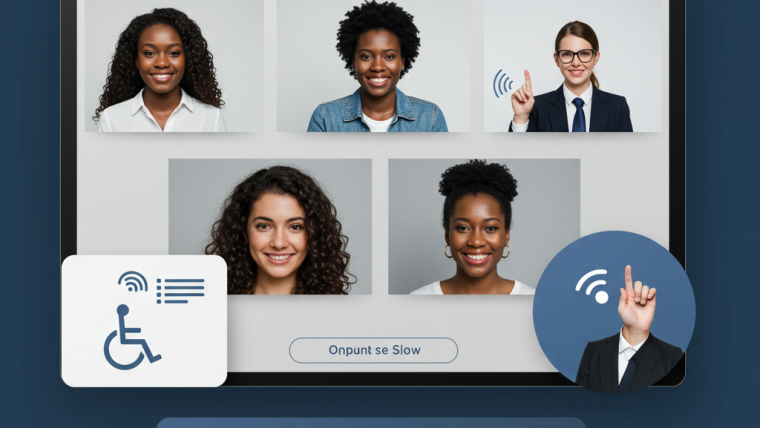As virtual events continue to shape how we communicate, many professionals and organizations are exploring the capabilities of webinar platforms. One commonly asked question is: Can webinars have breakout rooms? This question arises especially when hosts want to split large audiences into smaller, focused groups during online sessions.
This blog post answers that question with clarity. We’ll break down what breakout rooms are, whether they’re possible in webinars, how major platforms handle them, and what your alternatives might be if your chosen tool doesn’t support them directly.
Understanding the Basics: What Are Breakout Rooms?
Breakout rooms are virtual sub-rooms within an online event that allow participants to split into smaller groups for discussions, workshops, or collaboration. They are commonly used in online meetings, classes, or hybrid events where engagement in smaller groups is essential.
In these rooms, participants can interact through video, audio, and screen sharing, just like in the main session. Once the breakout session is over, everyone returns to the main room. These are particularly useful in educational, training, or team-building contexts.
Webinar vs. Meeting: The Key Difference
Before answering whether webinars can have breakout rooms, it’s crucial to understand the difference between webinars and meetings on most platforms.
-
Meetings are designed for collaboration, where everyone can see, hear, and interact with each other.
-
Webinars are structured more like seminars or lectures. Typically, only hosts, co-hosts, and panelists can speak or share video, while attendees remain view-only participants.
Because webinars are more controlled environments, the functionality available is different than in meetings — including the use of breakout rooms.
Do Webinars Support Breakout Rooms?
The short answer is no, most webinar formats do not natively support breakout rooms for attendees. However, there’s more to this topic than a simple yes or no. Let’s explore how this applies across major platforms.
Zoom Webinars
Zoom is one of the most popular platforms, and it does not support breakout rooms in its native webinar mode. The webinar format is meant for one-to-many communication. Attendees cannot be split into breakout rooms unless they are promoted to panelists, which is not always ideal.
However, Zoom Meetings fully support breakout rooms. If interaction is essential, many organizers choose to run events as meetings instead of webinars, or they use a hybrid approach — starting with a webinar and switching to a meeting for smaller sessions.
Workaround: Promote attendees to panelists (manually or automatically via registration) and use breakout rooms. But this is only practical for smaller groups.
Microsoft Teams Webinars
Microsoft Teams offers webinars as a feature for one-to-many broadcasts. Like Zoom, Teams Webinars do not support breakout rooms directly. The webinar mode in Teams is designed for presentations, with limited attendee interaction.
If you need breakout functionality, the alternative is to use a Teams Meeting instead of a webinar. Teams Meetings support breakout rooms, which can be managed manually or automatically.
Google Meet
Google Meet does not currently support a dedicated “webinar” mode in the traditional sense. Instead, you can control who can speak or present using host controls. Breakout rooms are available in Google Meet, but only in its meeting environment — not in webinar-like settings where you need more control over participants.
Workarounds and Alternatives
If your event requires both the scale of a webinar and the interactivity of breakout rooms, here are a few strategies:
1. Use Hybrid Events
Start with a webinar session for general presentations, and then invite participants into smaller pre-scheduled Zoom or Teams Meetings for discussions or workshops. This allows you to maintain control and scale while still enabling interaction.
2. Promote Selected Attendees to Panelists
In Zoom, if you want to allow breakout rooms within a webinar, you can manually promote attendees to panelists, and then assign them to breakout rooms. This requires careful planning and might not work well with large audiences.
3. Break Your Event into Segments
Use the main webinar to deliver content, then break participants into parallel meeting links, which act like breakout rooms. Each link is shared via email or chat, and participants choose or are assigned to a meeting.
A good example of this approach is described by TechSoup’s webinar training guide, which suggests creative uses of meeting tools alongside webinars for engagement.
Choosing the Right Format for Your Needs
If interactivity is critical — think small group training or team collaboration — it’s better to use a meeting platform rather than a webinar. Webinars are ideal when you need to deliver content without distractions or interruptions.
Ask yourself:
-
Do you need attendees to talk to each other?
-
Will they need to collaborate on documents or whiteboards?
-
Are breakout discussions a central part of the agenda?
If the answer to these is “yes”, webinars might not be the best format. Consider using meetings, even if it means sacrificing a bit of control over participant behavior.
Final Thoughts
To summarize: most webinar platforms do not support breakout rooms in the traditional sense, but there are workarounds depending on your event structure. Zoom, Microsoft Teams, and Google Meet all support breakout rooms — but only in meeting modes, not webinars.
So, if your event demands both scalability and interactivity, carefully plan your format. Use hybrid setups, creative segmenting, or meeting alternatives to achieve the desired outcome.
If you’re looking for more tips on organizing successful webinars or online events, be sure to visit LiveCastHub — your go-to resource for virtual event strategies and tools.








Webinar Analytics: A Complete Guide to Measuring Success and Improving Performance
The Ultimate Webinar Follow-Up Strategy to Turn Attendees into Customers
Webinar Accessibility Best Practices: How to Make Your Online Events Inclusive for All
Webinar Personalization: Tailoring Content to Audience Segments for Maximum Engagement